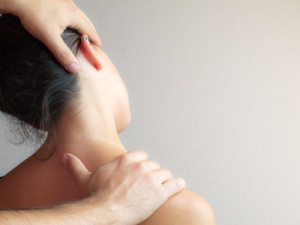Physical Therapy and Cancer
Cancer treatment often has many troubling side effects, which can result in decreased function and quality of life. These side effects include: fatigue, pain, weakness, lymphedema, swelling, peripheral neuropathy, scar tissue formation, and difficulty with ambulation. Physical therapy can help patients return to normal function as well as boost immune response and help minimize the risk of complications.

 relieve discomfort. Scar mobilization minimized soft-tissue restriction and allowed for normal breathing and nerve mobility. Postural exercise/strengthening helped increase blood flow and restore strength for activities of daily living (ADLs).
relieve discomfort. Scar mobilization minimized soft-tissue restriction and allowed for normal breathing and nerve mobility. Postural exercise/strengthening helped increase blood flow and restore strength for activities of daily living (ADLs).